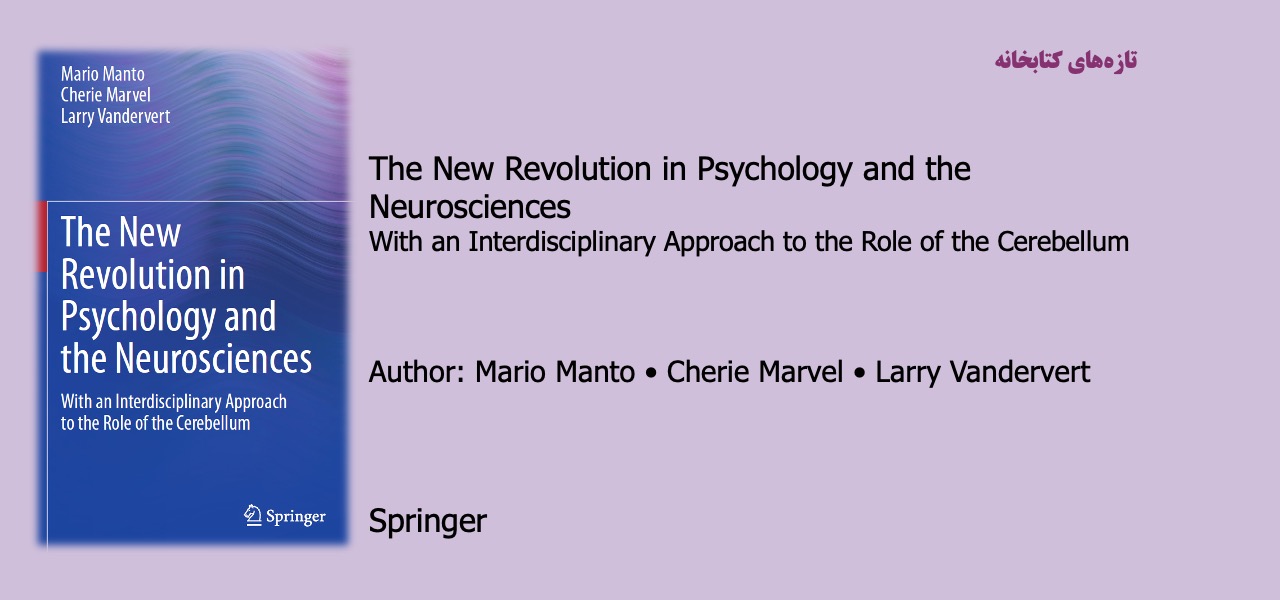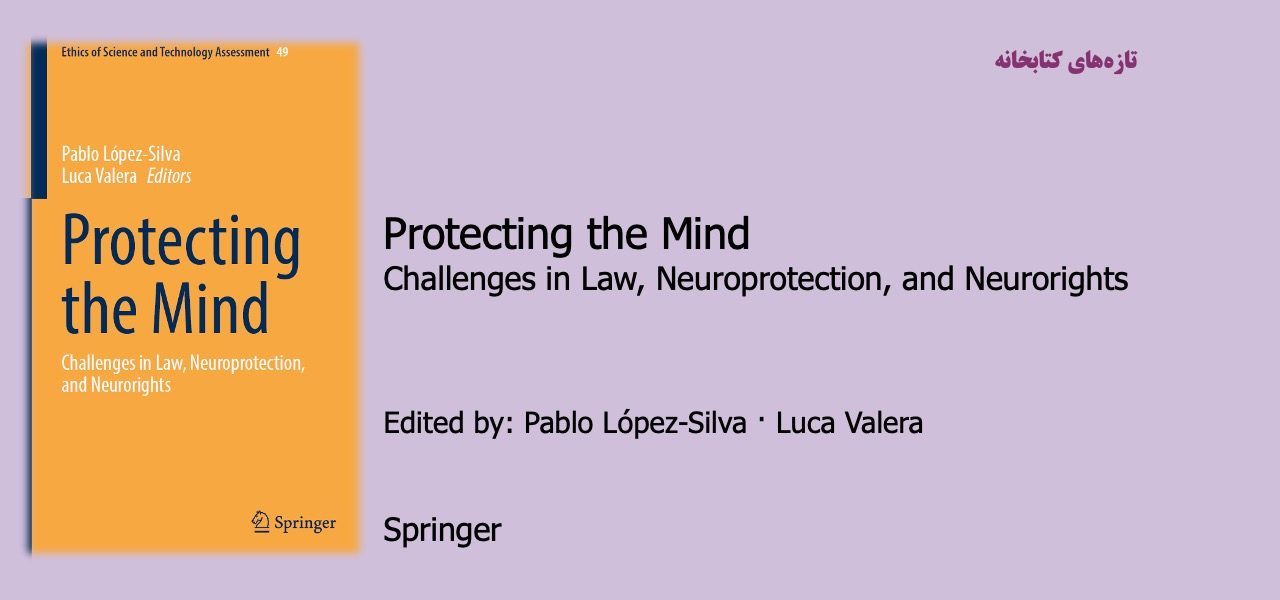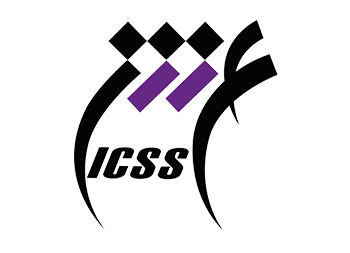
Emerging Technologies in Computer Engineering
Cognitive Computing and Intelligent IoT This book constitutes the refereed proceedings of the 5th International Conference on Emerging Technologies in Computer Engineering, ICETCE 2021, held in Jaipur, India, in February 2022. The 40 revised full papers along with 20 short papers presented were carefully reviewed and selected from 235 submissions. The papers are organized according to the following topical headings: cognitive computing; Internet of Things (IoT); machine learning and applications; soft computing; data science and big data analytics; blockchain and cyber security.
مطالعه متن کامل
The New Revolution in Psychology and the Neurosciences
Historically researchers of neuroscience and psychology have believed that the cerebral cortex produces the unique mental capacities...

Artificial Intelligence and Lean Manufacturing
This book applies artificial intelligence to lean production and shows how to practically combine the advantages of...

Mindful Leadership in Practice Tradition Leads to the Future
The three traditional leadership maxims of power, authority, and influence have a different meaning in today’s leadership...

Cybersecurity for Artificial Intelligence
We are on the cusp of a revolution in artificial intelligence (AI). Today, AI plays a significant...

Artificial Intelligence for Innovative Healthcare Informatics
There are several popular books published in Healthcare Computational Informatics like Computational Bioengineering and Bioinformatics (2020), Springer;...

Artificial Intelligence and Speech Technology
There has been tremendous advancement and innovation in artificial intelligence (AI), which is incomparable to the artificial...

Protecting the Mind
Challenges in Law, Neuroprotection, and Neurorights This book offers a comprehensive analysis of philosophical, social, ethical, and...

Neuroethical Policy Design
A Lifetime’s Exploration of Public Policy and Human Brains This volume focuses on the emergent field of...

